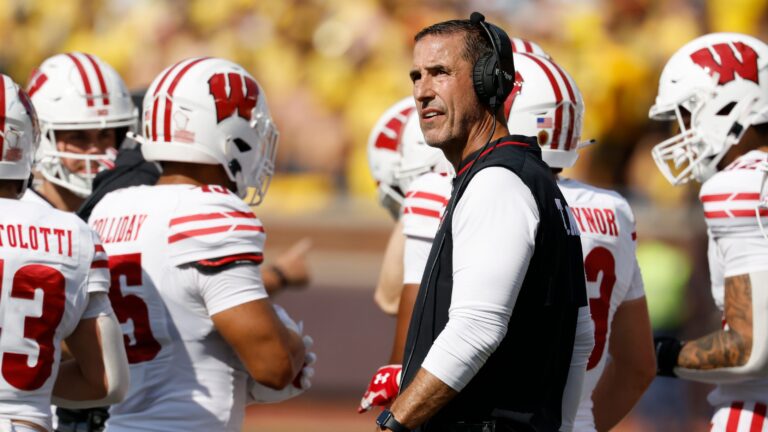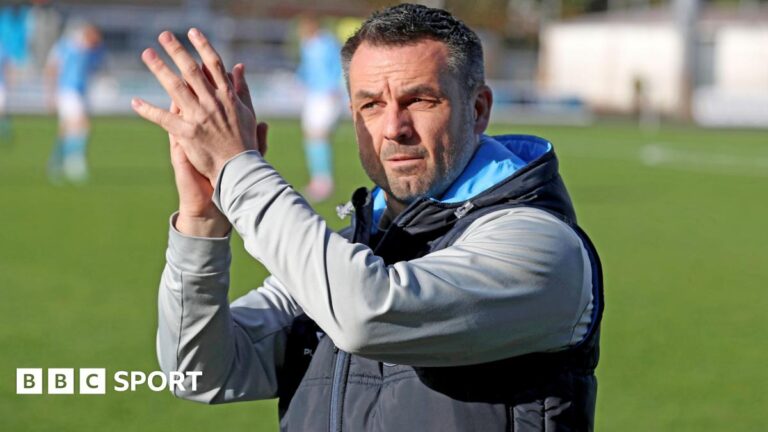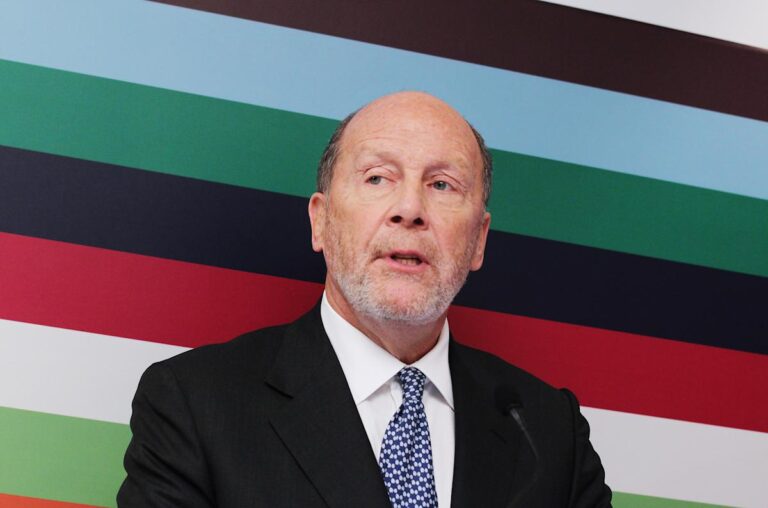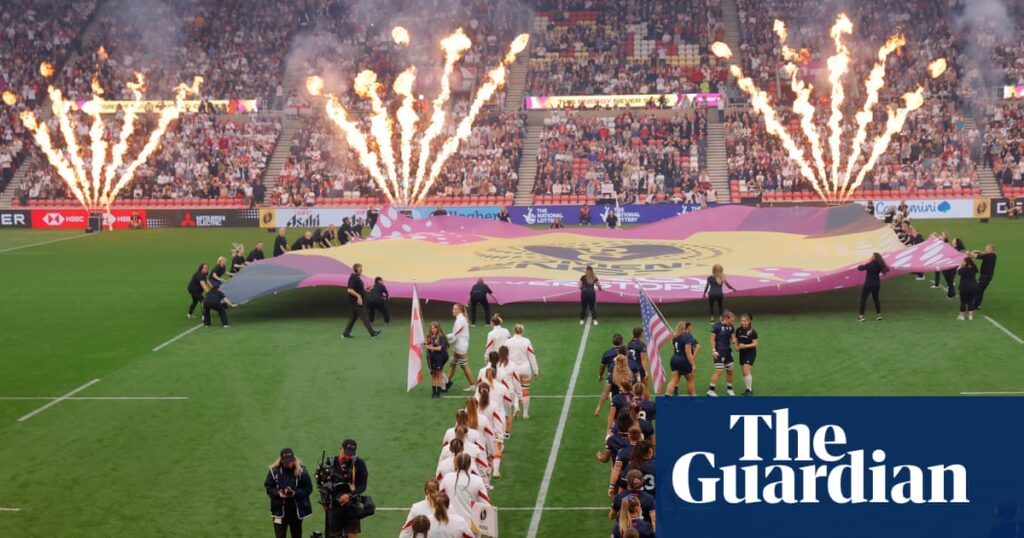
The streets of Eccles have given little away on the face of it over the past two Saturdays. Local residents are going about their business, the nearby canal path is full of walkers and runners, and there is a slumberous Saturday morning feel: until you turn in to the Salford Community Stadium.
The Women’s Rugby World Cup has made a strong start with decent crowds and good viewing figures. But there was a concerted effort to go beyond familiar territory in this tournament and lay down some roots in the north of England, too. The early signs suggest that may well have been achieved.
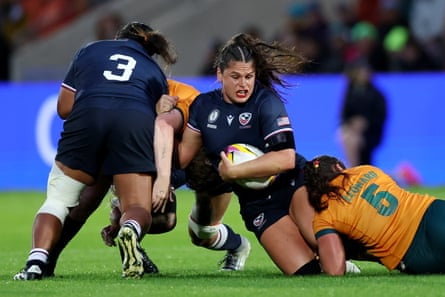
In a world where sport and entertainment go hand in hand, as shown this weekend by the finals of the Hundred, the organisers appear to have bought into that mood music. On-field entertainment is great, but if you can give your paying match-goers something else to get hooked on, you’re essentially on a free ride to success.
Where things really get interesting, though, is the demographic of those attending. World Rugby insiders believe a significant percentage at the northern games have been young women; many with their families, others in large groups. They have been bowled over by the take-up from the key demographics.
Salford is perhaps the most interesting case study of the three. There are eight professional rugby league clubs within a 15-mile radius of the stadium; many of them have fully functioning Women’s Super League clubs including two heavyweights in St Helens and Wigan. In contrast, the Sale women’s side was formed in 2020. There is a salient argument that if you are a talent in women’s rugby, you have to head south to pursue it.
For now, at least. The Sharks are doing their own work to boost uptake locally through their Girls Tackle Rugby campaign and 33% of the RFU’s funding in its Impact 25 programme was distributed to the north of England in the past 12 months, underlining how areas not traditionally considered rugby heartlands are being eyed up as growth opportunities.
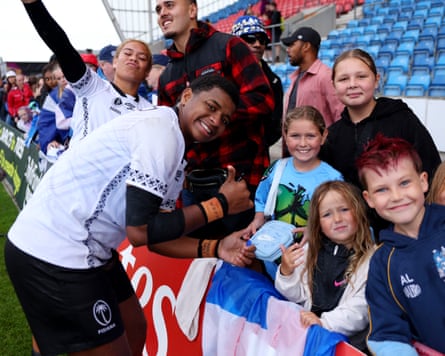
So to York this weekend. The landscape is just as tough to crack there, especially when you consider the work York Valkyrie – arguably the best women’s league club in the country – have done for a number of years at grassroots level. They invest nearly as much in their women’s programme as they do their men’s side.
But for World Rugby, the adventure outside the familiar strongholds was not just about giving supporters a chance to watch live action featuring the world’s best players. The strength of a World Cup on home soil is not just in its on-field results, it is the legacy it leaves. We will see the results of that only in years to come, but it has been an encouraging start.
This is an extract taken from our weekly rugby union email, the Breakdown. To sign up, just visit this page and follow the instructions.


